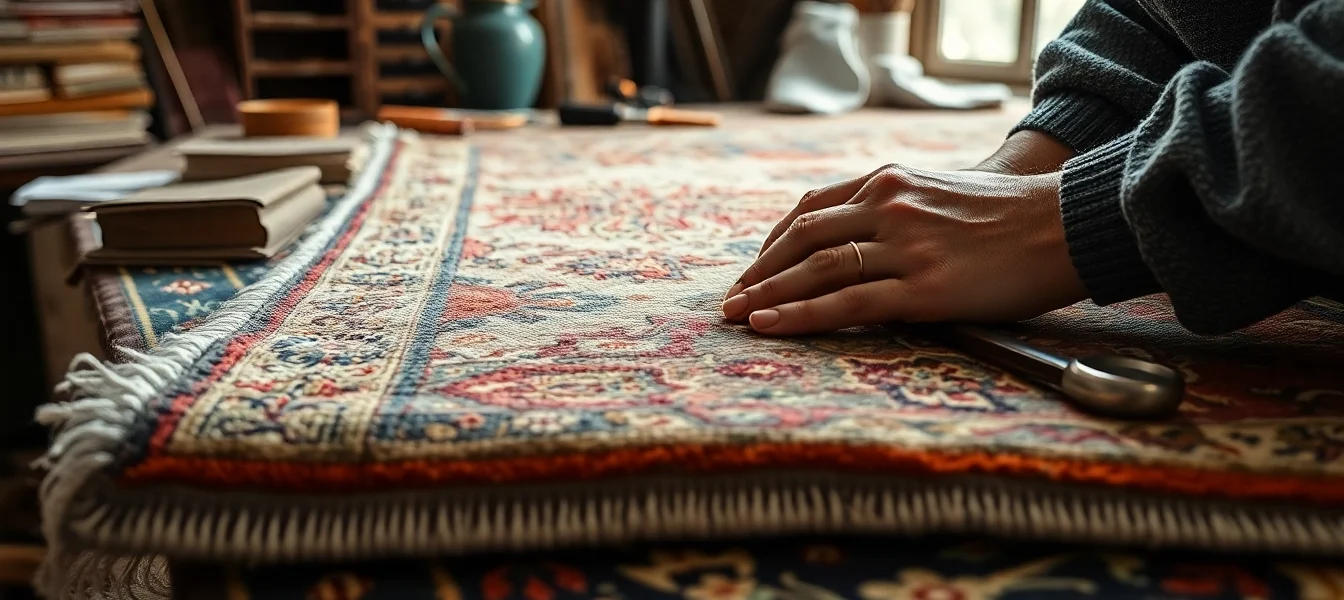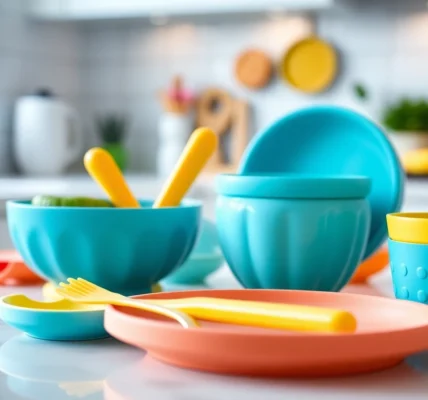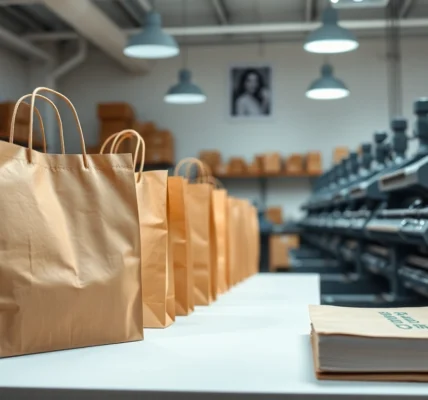Understanding the Importance of Restauro Tappeti Milano
In the vibrant city of Milan, where history, art, and culture converge, maintaining the integrity of exquisite rugs is essential. Whether facing modern design needs or preserving ancient masterpieces, the significance of professional Restauro Tappeti milano cannot be overstated. Expert restoration not only restores a rug’s aesthetic appeal but also ensures its longevity, value, and historical authenticity are preserved for future generations.
The Value of Professional Restoration for Your Rugs
Restoring a rug is a delicate process that demands specialized knowledge, skill, and experience. Professional restorers in Milan utilize advanced techniques to repair damages such as tears, frays, color fading, or stains. Proper restoration can significantly enhance the beauty and structural stability of your rug, making it a worthwhile investment. For collectors or homeowners alike, restoring a rug ensures its cultural and monetary value is maximized, while protecting the intricate handwoven artistry that makes each piece unique.
Common Damages in Tappeti and How Restoration Restores Beauty
Traditional and modern rugs are susceptible to various forms of deterioration over time. Common damages include frayed edges, tears, burns, discoloration, stains from spills or pets, and insect damage. Restoration expertly addresses these issues through techniques such as patching, re-weaving, dyeing, and cleaning. For example, restoring frayed fringes not only improves appearance but also prevents further unraveling. Similarly, stain removal and color correction can revive the vibrancy of faded dyes, transforming an old or damaged rug into a stunning centerpiece.
Differences Between Antique and Modern Tappeti Restoration
Restoring antique and modern rugs involves distinct approaches. Antique restorations require meticulous preservation efforts, aiming to retain original fibers, dyes, and craftsmanship. Restoration experts often employ traditional techniques, such as hand-dyeing with natural pigments and using period-appropriate re-weaving methods. In contrast, modern rug restoration may focus more on structural repairs and dye renewal, leveraging contemporary materials and techniques that prioritize durability and efficiency. Understanding these differences ensures your rug receives the appropriate treatment aligning with its age, value, and material composition.
Step-by-Step Process of Restauro Tappeti Milano
Initial Assessment and Damage Documentation
The restoration journey begins with a thorough evaluation of the rug’s condition. Skilled restorers assess structural issues, fiber integrity, color stability, and specific damages. Detailed documentation, including photographs and notes, helps tailor a restoration plan suited to the rug’s unique needs. During this phase, the restorer also identifies the materials used, the age of dyes, and any previous repairs, crucial for ensuring authentic and compatible restoration techniques.
Cleaning, Repairing, and Dyeing Techniques
Once the assessment is complete, the actual restoration process commences. Deep cleaning involves gentle yet effective methods, typically using custom-designed solutions to remove dirt, stains, and accumulated residues without harming delicate fibers. Repair techniques include reweaving, patching, and reinforcing weak areas, often performed by master artisans skilled in traditional handwork. Dyeing, when necessary, utilizes natural or synthetic dyes carefully matched to original hues, ensuring color consistency and vibrancy. This phase demands precision to guarantee that repairs blend seamlessly with the original design.
Final Quality Control and Delivery
After completing repairs and cleaning, the restoration undergoes rigorous quality control. Experts examine the rug for alignment, color accuracy, and structural integrity, making any necessary adjustments. Once validated, the rug is ready for delivery or pick-up. Proper packaging ensures the rug remains protected during transit, and guidance on after-care helps clients maintain their restored piece’s beauty and resilience over time.
Choosing the Right Restauro Service in Milan
Factors to Consider: Experience, Techniques, and Certifications
With numerous restoration professionals in Milan, selecting the right service is crucial. Look for a company with extensive experience, ideally over two decades, and a reputation for high-quality craftsmanship. Certification by recognized industry associations or adherence to traditional restoration standards indicates professionalism and expertise. Additionally, inquire about their methodology—whether they employ traditional hand-repair techniques or modern equipment—and examine past case studies or client testimonials to gauge their reliability and skill.
How to Request a Quote and What to Expect
Requesting a quote typically involves submitting detailed photographs and descriptions of the damages. Many companies offer free initial evaluations, providing an estimate based on the extent of work and materials required. Expect transparent pricing, including costs for cleaning, repairs, and dyes, with options for custom treatments. Reputable restorers also provide timelines, outlining the expected duration of the process, and discuss the scope of work to ensure alignment with your expectations.
Customer Testimonials and Case Studies
Reviews from satisfied clients often highlight the professionalism, attention to detail, and the transformative results of restoration projects. Case studies can showcase before-and-after images of antique Persian rugs or damaged modern pieces, demonstrating how expert interventions preserve and elevate their beauty. These narratives build confidence in the service provider’s ability to handle even highly delicate or valuable items, emphasizing the importance of choosing seasoned artisans for your restoration needs.
Cost Factors and Value of Restauro Tappeti Milanese
Average Pricing and Budgeting Tips
The cost of restoring a rug varies widely depending on factors such as size, material, damage severity, age, and complexity of the design. Generally, prices can range from around €50 for minor repairs to over €1,000 for extensive restorations of antique masterpieces. When budgeting, consider the long-term benefits of restoration—protecting an investment, improving aesthetics, and potentially increasing resale value. It’s advisable to seek detailed quotes from multiple providers to compare offerings and select a solution that balances quality with cost.
Long-term Benefits of Restoring Your Tappeti
Beyond aesthetic improvements, restoration provides structural stability, preventing further deterioration. Properly restored rugs are more resistant to pests, mold, and environmental damage. Maintaining their condition can preserve or enhance their monetary worth, especially for antique or valuable pieces. Additionally, a well-restored rug can become a cherished family heirloom, enriching your interior décor and cultural heritage.
Insurance and Preservation Tips
Many insurances recognize professionally restored rugs as valuable assets, facilitating claims related to damage or loss. To safeguard your investment, keep comprehensive documentation of restoration processes, including receipts and detailed descriptions. Regular maintenance, such as careful cleaning and avoiding excessive sunlight or moisture, further extends your rug’s lifespan. Consulting with restoration experts about occasional touch-ups or protective measures ensures your rug remains in optimal condition for decades to come.
Maintaining and Protecting Restored Tappeti
Best Practices for Daily Care and Cleaning
Proper daily care is vital for preserving the beauty of your restored rug. Use gentle vacuuming with a soft brush attachment to remove surface dirt and prevent dust accumulation. Avoid vigorous scrubbing or harsh chemicals that can damage fibers or dyes. In case of spills, act quickly by blotting with a clean, absorbent cloth and consulting a professional for stains that persist beyond simple removal. Rotating rugs periodically helps distribute foot traffic evenly, reducing wear in high-traffic areas.
Periodic Restoration Checks and Touch-ups
Even after professional restoration, routine inspections can identify early signs of deterioration. Schedule periodic evaluations with expert restorers who can recommend minor repairs or cleaning touch-ups, ensuring the rug remains in pristine condition. Early intervention helps prevent costly repairs and maintains the rug’s structural and aesthetic integrity over time.
Environmental Conditions to Safeguard Your Rug
Protect your rugs from environmental threats such as humidity, direct sunlight, pests, and temperature fluctuations. Use adequate ventilation and keep your indoor environment stable. Employ rug pads to prevent slipping and reduce wear. Store especially valuable or antique rugs rolled in breathable covers in climate-controlled settings. These practices preserve the quality of fibers and dyes, safeguarding your investment for generations.




